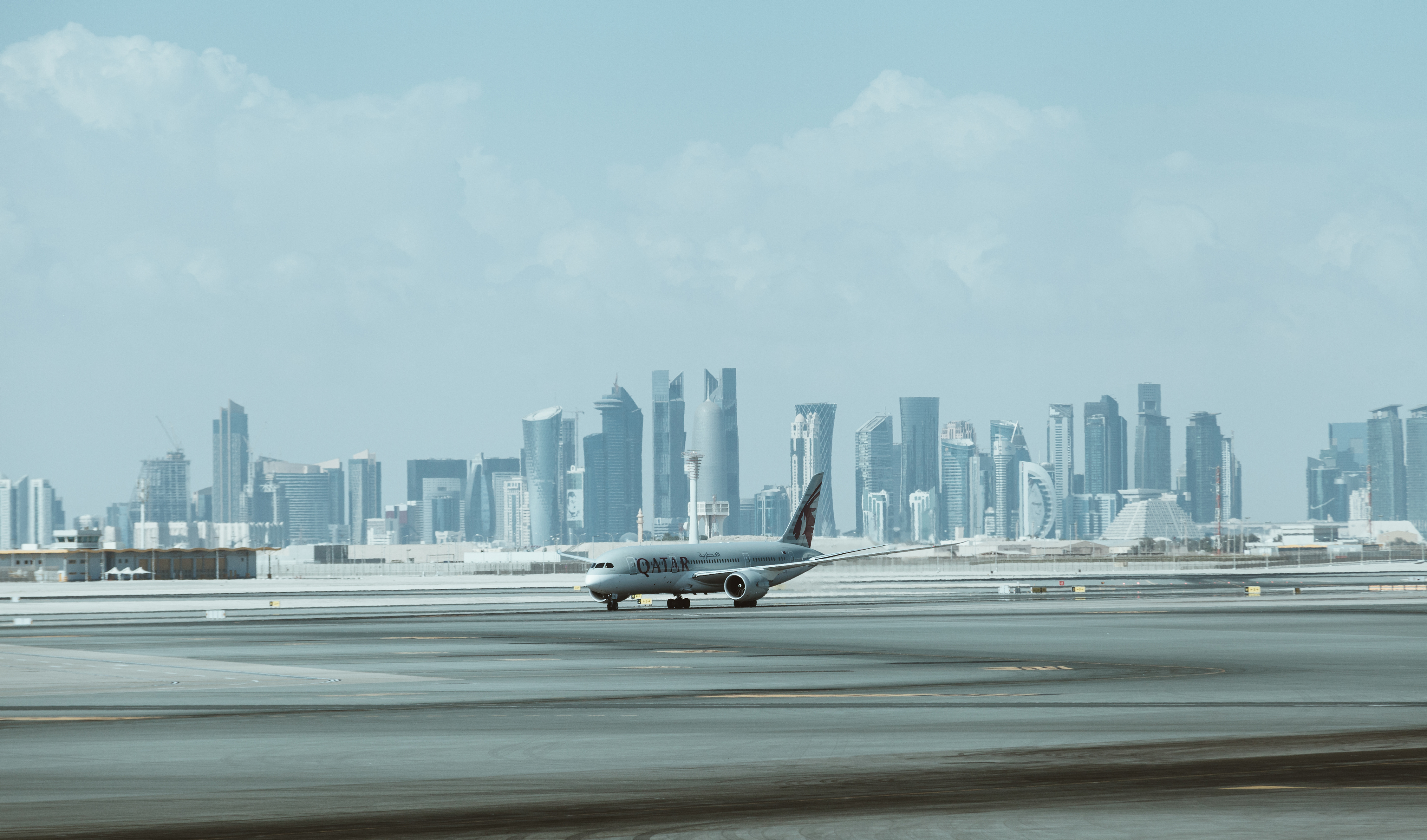


A report by Airports Council International (ACI) Asia Pacific has revealed that airfares in Asia-Pacific and Middle East surged as nations emerged from pandemic-related restrictions.
The latest Airport Industry Outlook, which was produced in partnership with Mott MacDonald revealed that airfares in Asia-Pacific and the Middle East were above the global average – up 53% (nominal terms) or 35% (real terms) in 2022 vs 2019. However, it also noted that fares were trending down towards the end of the year.
“Despite a consolidated recovery of domestic traffic as compared to 2019 levels, and a progressive improvement of international traffic, with peak performances in Middle East and South Asia, the financial health of airport operators continued to be in distress, with 10 consecutive quarters in the red both in terms of EBITDA and net profit margin,” said Stefano Baronci, Director General ACI Asia-Pacific.
He added that despite airports’ efforts to freeze or lower airport charges in 2022, the increase in airfares reveals a fundamental imbalance in the financial stability of the industry and poses a threat to its recovery in 2023.
“Fuel prices, wage inflation, insufficient seat capacity relative to demand and a lack of airline competition on specific routes, are the major determinants in the increase in airfares,” he said.
Referencing the regional EBITDA margin and net profit margins, ACI noted these had improved significantly in Q3 2022 compared to Q2 2022, thanks to higher airport revenues than in previous quarters and well contained cost increases due to the growth in passenger demand.
However, the EBITDA margin and net profit remained negative for the 10th consecutive quarter. In terms of total airport revenue, the majority of the sampled airports performed better than in Q3 2021, and on average 65% better than Q2 2022. In addition, the opening up of major cities from lockdown in China improved air traffic, resulting in a gradual improvement of revenues.





